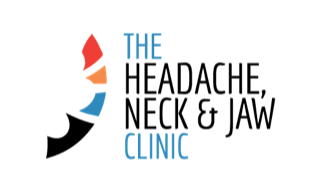Raise your hand if you spend most of your day looking at a computer screen.
And keep it raised if you get headaches or pain in your neck or back. Ok, you can put your hand down now. You’re probably getting strange looks from the person sitting next to you. A large percentage of our clientele who come in with neck/back pain and headache are people who work in an office looking at a computer screen.
On average, Australian’s spend 9.4 hours per day using a screen of some type. Almost half of that (3.9 hours) is on a computer screen and nearly two hours (1.8 hours) looking at a phone screen (1). Now, this only increases for those who work at a computer for a living.
So why does this happen? Spending so much time in these static postures looking at the screen puts a significant load on the body, especially because we usually end up in a shoulders rounded, head forward posture (see picture). It’s kind of like going to the gym and trying to hold a 5kg (the weight of your head) bicep curl for hours on end. Over time, this puts strain on your joints, muscles, ligaments etc. until they decide to cry out for help, usually in pain!
If you’ve read up until this point then obviously you’re looking for an answer. Well, the short answer is: Move! Do a few stretches at your desk. Get up and walk around the office here and there. Get a sit/stand desk and actually change from sitting to standing a couple of times per day. However, some people need a little more help than that, at least to get relief from the pain they are already in. That is where we come in. Our job as physiotherapists is to identify what you need to get out of pain. We can create a personalised strength program, so you can work longer without causing pain, and finally strategies to keep you going long term.
If your computer has held you captive for too long, you’ve tried doing everything you can on your own and you’re not too proud to ask for help, give our team a call and we can work together to get you feeling better because work is hard enough without it being painful too.
1. “Screen Time” Longergan Research, March 2017.

